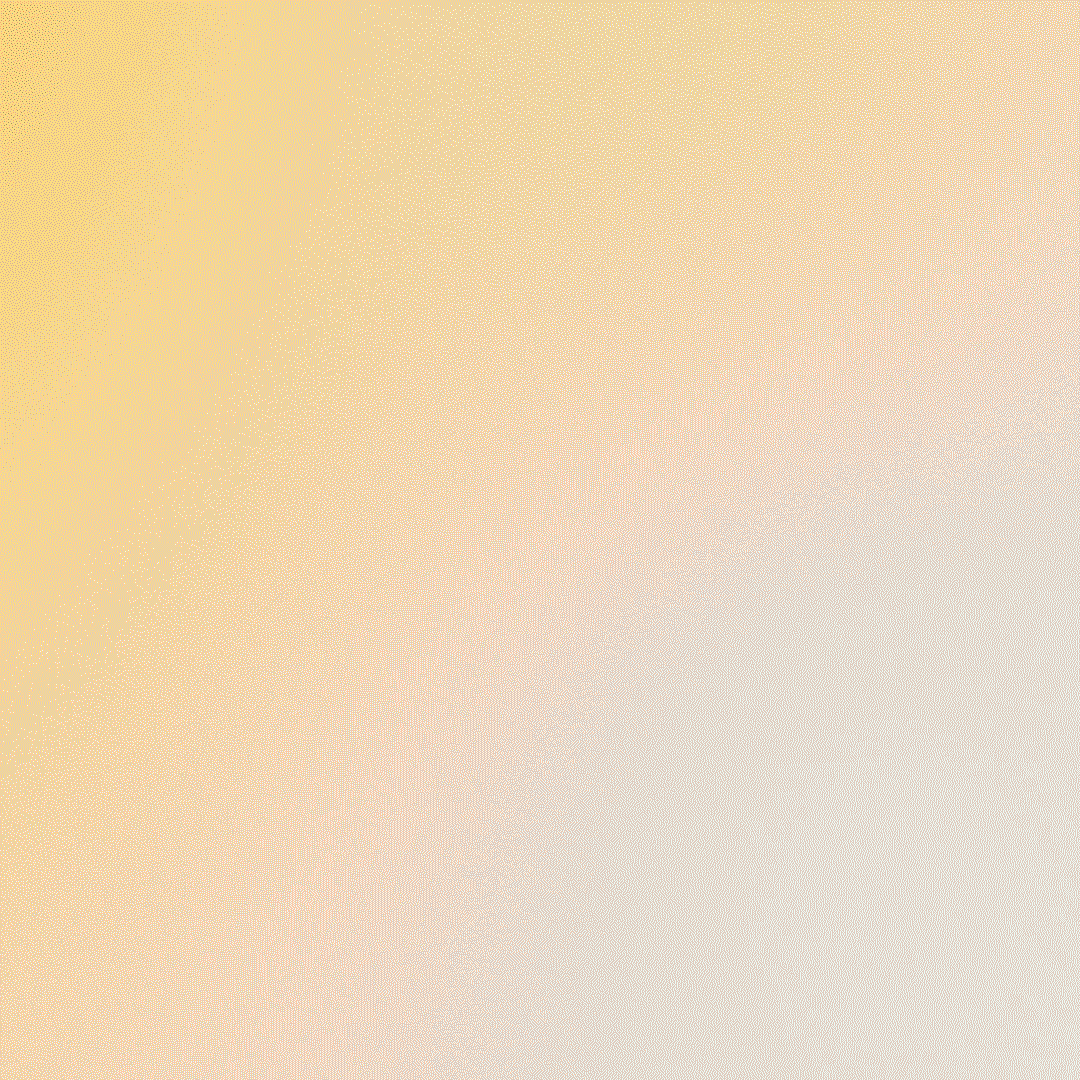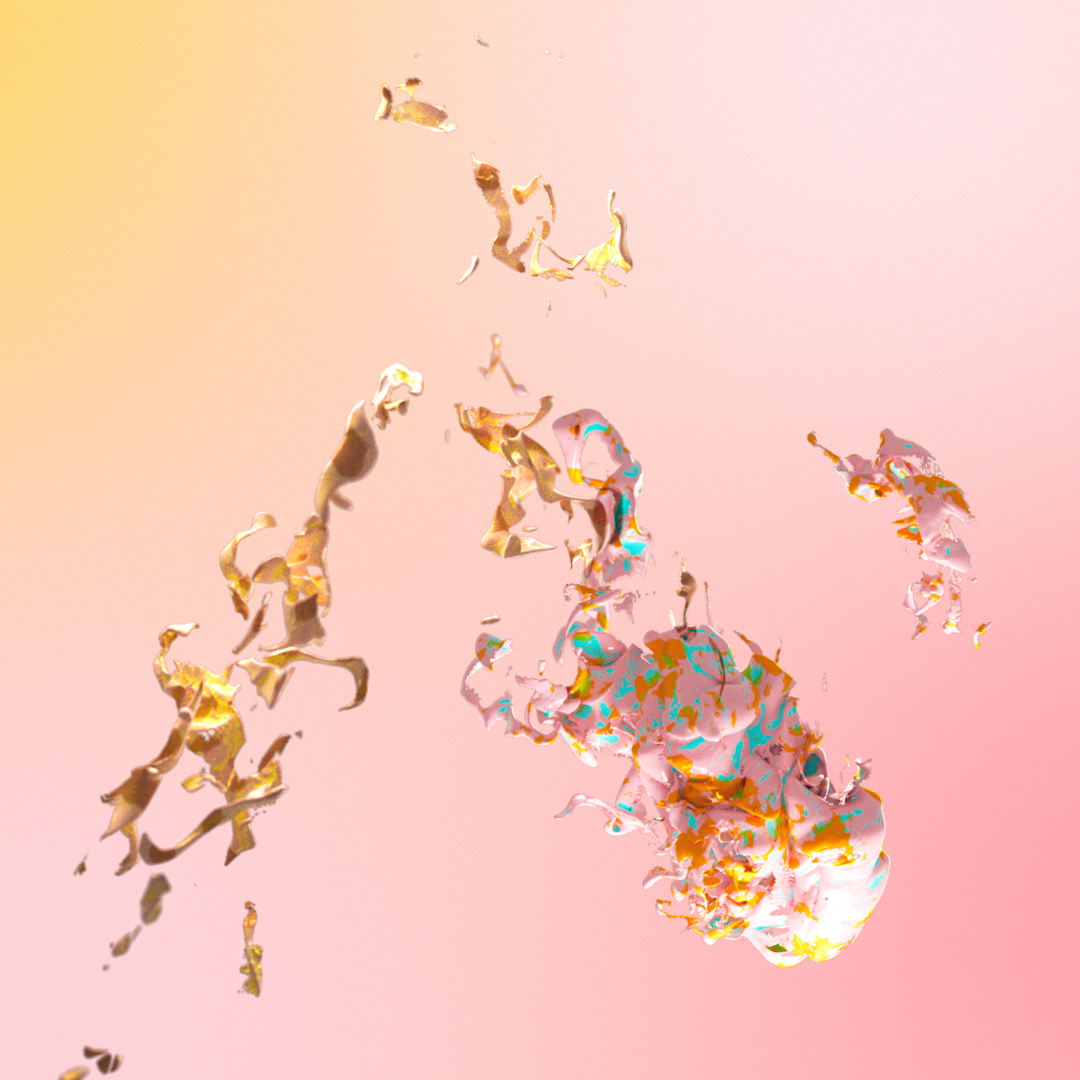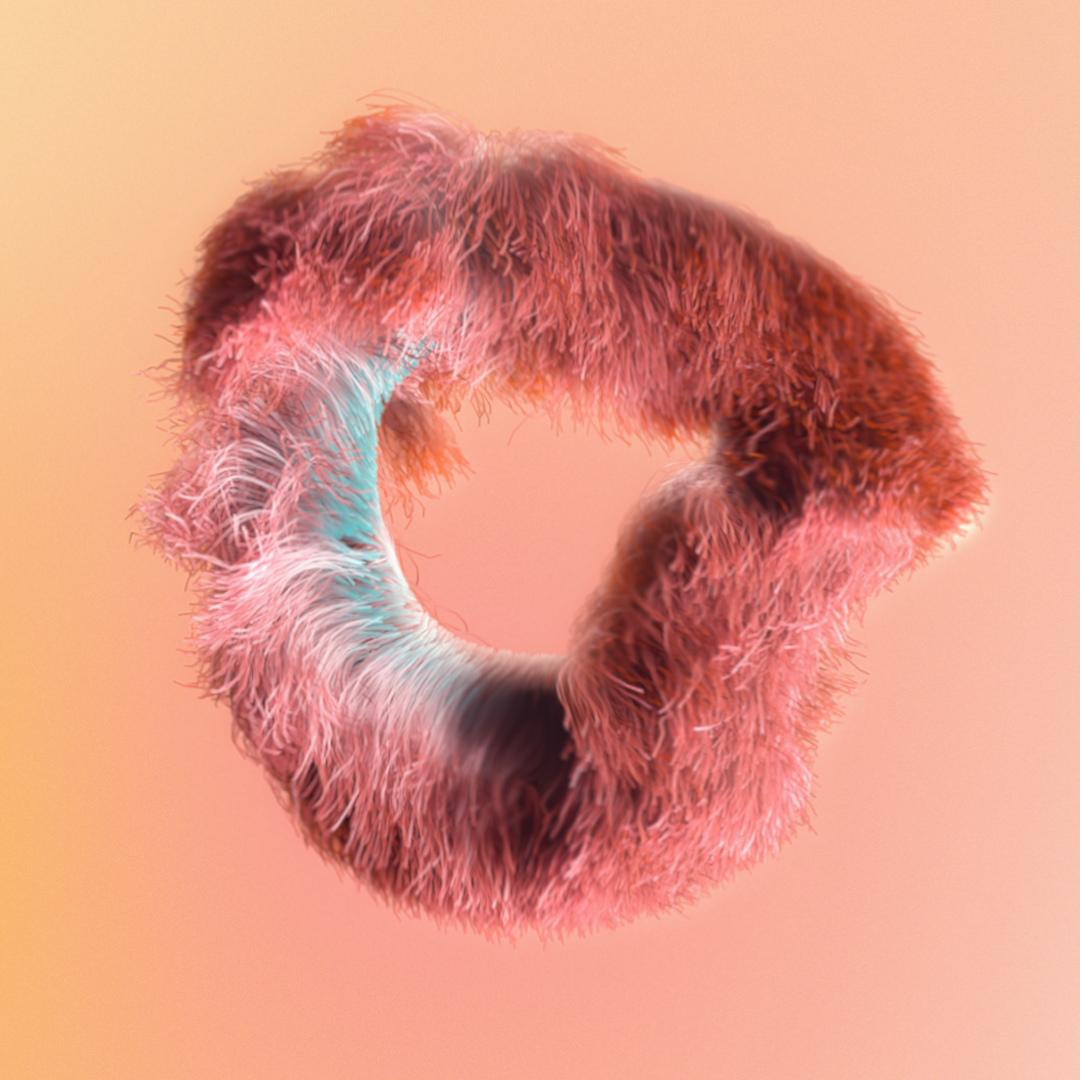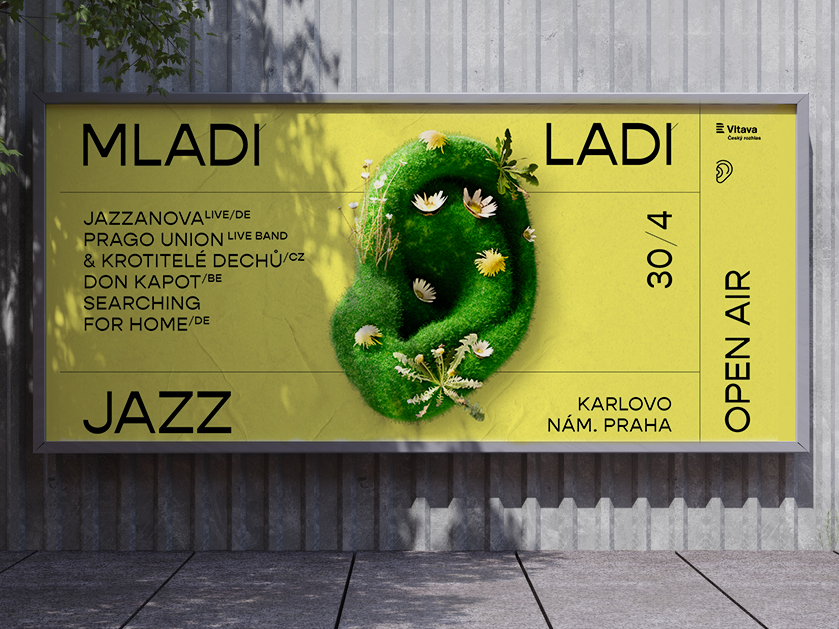VISOGA – Visual Yoga DEMO video
My work focuses on the utilization of motion design in yoga. I created a 2 min DEMO video called VISOGA, which represents visual yoga. The aim of this piece is to enhance the yoga atmosphere and help practitioners better concentrate on their practice. Audio also plays a significant role, setting the pace of the exercises and guiding practitioners towards regular and deep breathing. I designed the video's visual style to be subtle and non-intrusive, promoting a connection between the practitioner and their mind. The video does not include specific poses but accompanies the practitioner, aiding them in deepening their practice.
My main interest was in the importance of breath, sound, and visuals during yoga practice. I focused on experimenting with audiovisual elements in meditation, such as Yantra meditation, from which I drew loose inspiration. The demo video consists of four phases, each representing a different tempo, a different part of the practice, a demonstration of that phase.


The demo video was also accompanied by a publication that explains the individual elements in the visual and audio track, focusing primarily on their symbolism, which plays an important role here. At the same time, it shows the process and development, inspiration, and research of the topic. The publication is my graduation thesis in Motion Design.
Music has a demonstrably positive impact. It uplifts mood, enhances performance, and helps divert the mind from fatigue. People respond to rhythms by synchronizing their movements and pace. Each sound and breath have their vibration. According to ancient texts, the sound of inhalation is "So," and exhalation is "Ham." The mantra "So Ham" is among the most well-known in yoga and meditation. This mantra aids in calming and connecting with one's own self, which is why I chose its chanting as a primary component of the audio element.


Creating the audio component was crucial for me; I had been contemplating it right from the start, along with the visual aspect. The audio track constitutes 50% of this project for me. I crafted it through live recordings of individual instrument sounds and vocals, which I then blended and digitally post-produced. During the recording process, my mother lent me a hand, and for that, I am very grateful, along with her beautiful voice. The visual component is entirely created using 3D graphics and simulations in Cinema 4D. It stems from extensive research on the subject, my personal connection to yoga itself, and the symbolism of Hindu traditions.
The opening part of the video aims to prepare the practitioner for yoga practice. Through gradual deepening of breath and calming of thoughts, we strive to achieve a state of concentration. The circle symbol, representing the unity of body, mind, and spirit, accompanies us both at the beginning and the end, symbolizing cycles and renewal. The circle is also the foundation of many asanas and rotations. The auditory element builds upon deepening the breath, connecting with the visual experience. The sound of "Harmonia" brings us a sense of relaxation and expanding happiness. Sounds of kartal prevent attention loss and keep us present. In conclusion, the chant of the "So Ham" mantra, a breath mantra that unites body and mind, resonates. Gentle and meditative singing prepares us for yoga practice.
The second part focuses on the connection of body, mind, and soul, emphasizing presence and the elimination of distracting thoughts. Gradually, a warm-up and connection with one's own body commence. This phase is highly individual, as everyone needs their own time to establish this connection within themselves. In the visual representation, we witness the growth of the Sri Yantra mandala, symbolizing the growth of the connection between body and mind, a path towards alignment, spiritual experience, and mental purification. Accompanied by a meditative chant of "So Ham," the auditory background unites us with ourselves. With the gradual introduction of subdued drums resembling a heartbeat, a rhythm begins to form. This rhythm is precise and assists in maintaining steady breath during this individual phase. Concurrently, a gentle tension exists in the tempo, preparing for a smooth transition into the dynamic segment.


The third part is the most dynamic, physically demanding. The practitioner is fully connected with themselves and their body, focusing solely on their breath and body movement. I refer to this section as the "flow," as it's sometimes called Vinjasa — the movements are smooth, consecutive, fully aligned with the rhythm of breath. For me, this part almost becomes a form of dance, where I aim to feel every part of the movement, and transitions between asanas are significant.
In this phase, my intention was to keep the practitioner in rhythm and fully concentrated. I chose a purely abstract image to gently mesmerize and guide them in motion, without disturbing them or demanding excessive attention. The result is an abstract and highly intricate simulation that gradually grows and expands. It should express the energy and strength we draw. I used the impactful sound of djembe drums and the rhythm of the sea, ever-expanding and meditative harmonium, the penetrating sound of the African rattle Yabara, and the modified chant of the mantra "So Ham," which is layered in several levels in this section. It's faintly audible at a quicker pace and then layered over itself, almost ecstatically. In the background, we can hear a steady rhythm of breath, primarily carried by the drums and Yabara. I aimed to achieve a shamanic style of singing, playing, and dancing seen in rituals, where dance accompanied by singing and instruments brings you into a different state of consciousness.



The final part represents the conclusion of the practice, the calming, releasing, and relaxation. Becoming aware of our own body, how our perception of it has changed during the practice, we gradually return to the real world. We reflect upon ourselves, our sensations, and we express gratitude for the time dedicated to the practice. In this phase, I feel as if I'm drifting in timelessness, in a state without weight, as if we're floating in space, gently suspended. I sense that feeling of lightness, happiness, and contentment. These emotions were what I aimed to convey through the imagery.
In this phase, the sound starts to fade, calming down, the pace diminishes, transitioning into a flow of sounds that simply drift. The sounds are very gentle and soothing, designed not to disrupt the relaxation.



I sincerely thank my mom for helping with recording the sounds. Also thank you all for watching!
Practice yoga and stay as connected with yourself as much as you can!
Practice yoga and stay as connected with yourself as much as you can!
🧘❤️🧘










